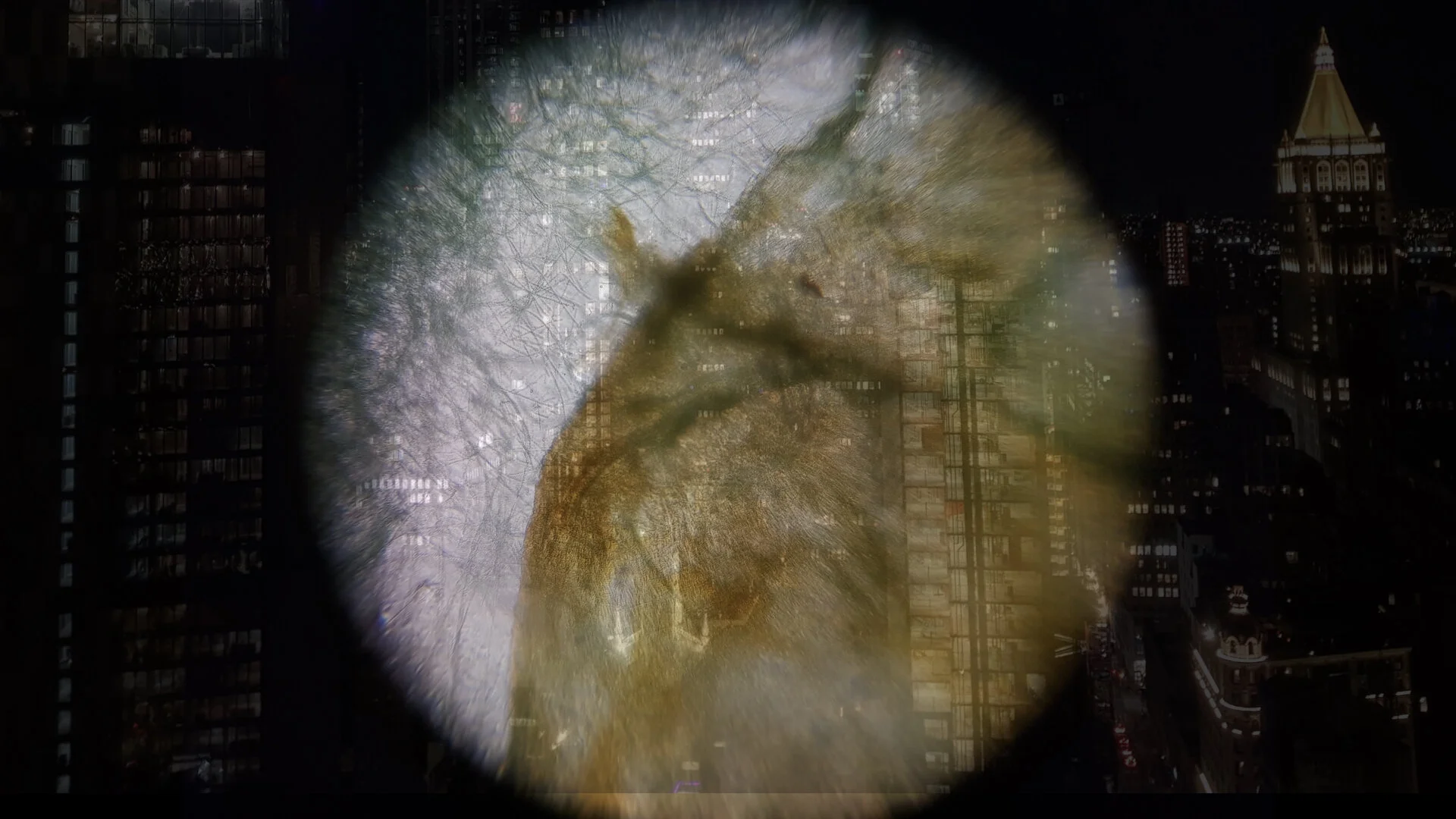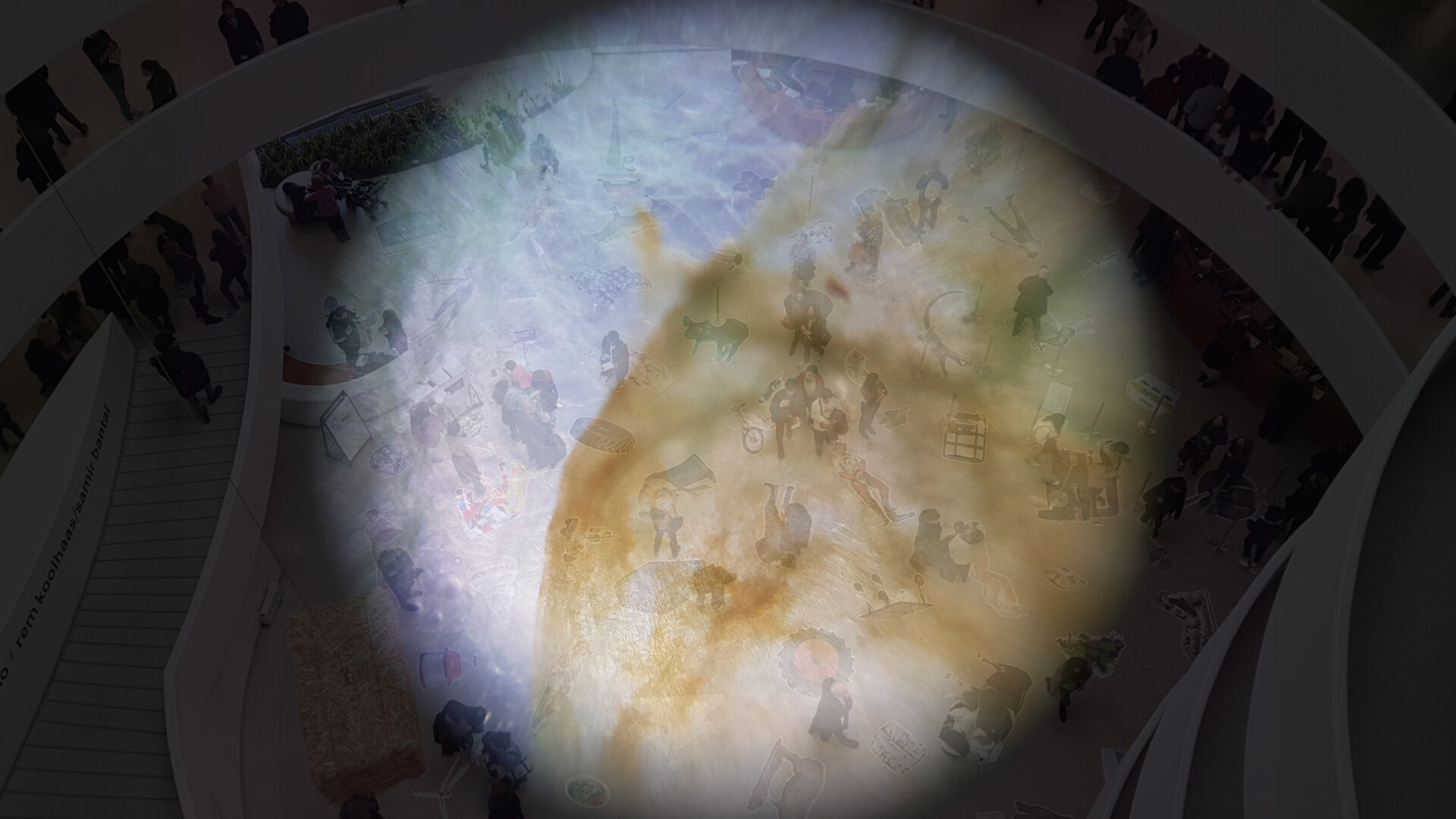Multidimensional Instrumentation
My learning journey and curiosity have brought me to a path where I am exploring the enchanting world of synthetic biology. A couple of days ago, while polishing my imaging and measurement skills (aka using a paper microscope at home), I was able to capture two beautiful shots from a segment of a Spirulina major sample.
I fixed my sample and, only by changing my light source and just barely shifting focus, I captured two completely different portraits: two complementary and far from identical images that describe the same entity. I couldn't help but be dazzled by how the variation of seemingly simple variables within my instrumental setup could give me insight into such different dimensions and characteristics of the same object. One would outline the structure while the other outlined the medium.
Biologists and synthetic biologists are often aware of these variables and how small adjustments to instrumentation setups can allow them to visualize an entire world of complexity just within a fraction of the tip of a stand of hair. Different setups and tools will yield completely different insights about exactly the same object. Tricks with fluorescence and excitation through distinct wavelengths can, quite literally, shine light into things that are not obvious nor detectable by the naked eye or mind.
What would happen if we were able to visualize and instrument cities in the same way that a biologist captures details about molecules? Would that mean that simple tweaks of our smart urban infrastructure could help us tap into dimensions of information that commonly go unseen?
We can conceptualize cities as complex multi-molecule systems that can be viewed through the lens of a sensing infrastructure. Small tweaks to this infrastructure, whether they may be of focus or of a more material character, could maybe help us see what we are omitting about cities and urban life. We are unidimensional experts at detecting traffic jams, efficient routes and at understanding urban infrastructure; but could we be capable of becoming experts at understanding the social fabric, mental states and community development scenarios within them? Maybe it's just a matter of millimetric changes to our instrumentation approaches.
...One would outline the structure while the other outlined the medium.
© Andres Rico
© Andres Rico

